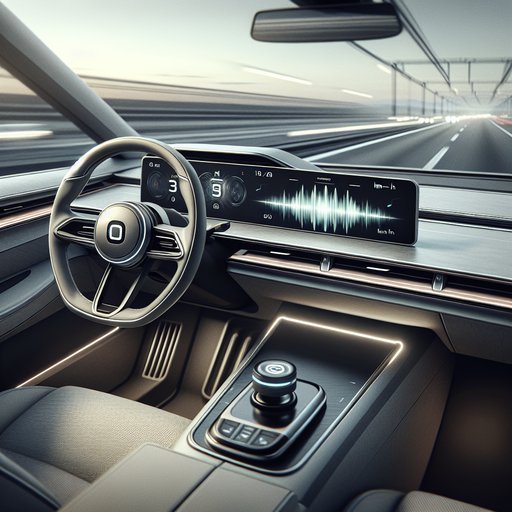
We spent a week with the updated 2024 Model 3 Long Range to quantify how its premium 17‑speaker system performs where it matters most: at a steady 100 km/h. Using calibrated SPL measurements and controlled listening tracks, we evaluated imaging, tonal balance, and how well the cabin suppresses road noise.
Test car: 2024 Tesla Model 3 Long Range (dual‑motor, 18-inch wheels), premium audio, all EQ neutral, immersive processing off unless noted. Tires set to factory pressures, HVAC on low, windows up. Instruments: calibrated USB measurement mic at the driver’s left ear, Class 1 SPL meter at the headrest, 1/3‑octave RTA. Test loop: flat highway, ambient 19°C, light wind.
Music references included mono vocal and imaging tracks plus well‑recorded acoustic, pop, and orchestral selections. Baseline noise at a true 100 km/h measured 66–68 dB(A) on smooth asphalt, rising to 70–71 dB(A) on coarse chip seal. Spectral analysis shows a broad hump from 80–200 Hz (tire/structure‑borne) with minor wind contributions above 1.5 kHz. The cabin’s even spectrum and relatively low peak‑to‑average variation help the audio system, but content near 125–160 Hz is most susceptible to masking on rougher surfaces.
Staging and imaging are excellent for a factory setup. With immersive processing off, a mono vocal locks cleanly to the center, slightly above dash height, with stable phantom images even when turning the wheel. Stage width extends just past the A‑pillars; depth is moderate. Engaging immersive to about 30–40% expands width and ambience without collapsing center focus; above 60% the rear bias smears transients and pulls images upward unnaturally.
Rear passengers report coherent fill without obvious localization. Frequency balance at 75 dB(A) pink‑noise reference (driver’s position) is broadly neutral with a mild “smile” contour. RTA shows bass extension strong to the mid‑30 Hz region, +2–3 dB centered around 50–63 Hz, lending weight without boom. Lower mids are clean; a shallow dip of ~1–2 dB around 1.6–2.5 kHz slightly softens presence on some vocals.
Treble is smooth with a gentle lift around 8–10 kHz that adds air without sibilance. Kick drum definition remains tight; double‑bass lines are easy to follow. Road‑noise masking at 100 km/h: speech and microdetail remain intelligible when program level is at least 10–12 dB over the cabin noise floor. Practically, that’s 76–80 dB(A) average for podcasts and 78–82 dB(A) for wide‑dynamic music on coarse asphalt.
The 125–160 Hz road hump can obscure baritone fundamentals and low‑level reverb tails; a small in‑car EQ tweak of −1 dB in bass and +1 dB in the upper‑mid/presence region restores clarity without harshness. Immersive at ~35% also helps perception of space without needing extra volume. Overall, the Model 3’s system is class‑leading at highway speeds: wide, well‑anchored stage, extended bass with control, and a smooth top end that stays composed at higher SPLs. Set immersive to 30–40%, trim bass −1 dB and treble +1 dB, and target 78 dB(A) average for music on typical motorways.
Only on coarse surfaces does the 125–160 Hz road energy demand higher levels. For daily commuting and long trips, it delivers a refined, fatigue‑free listen with minimal compromise.












